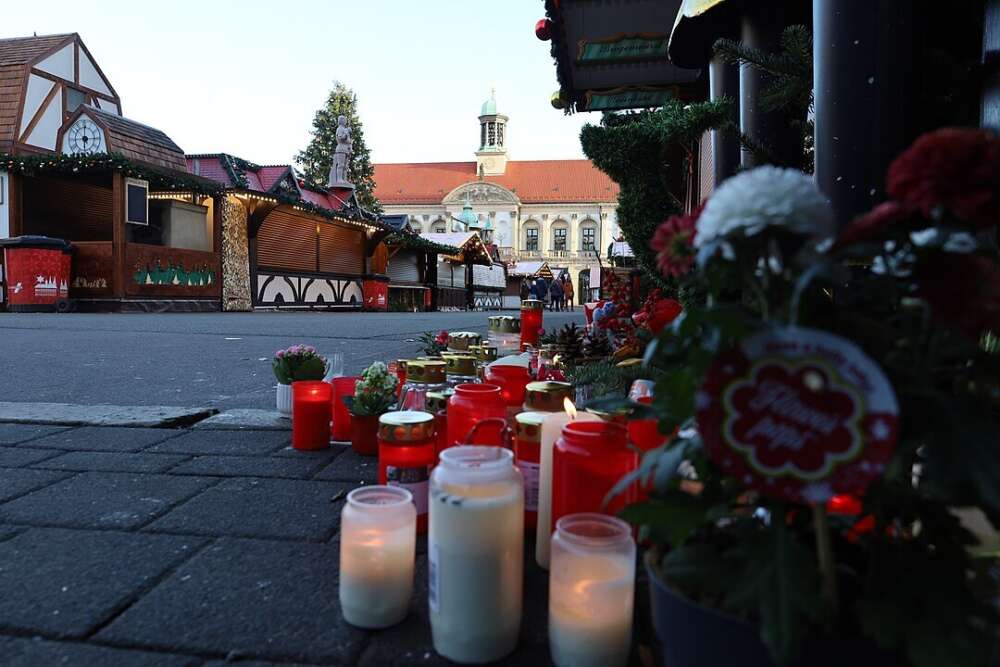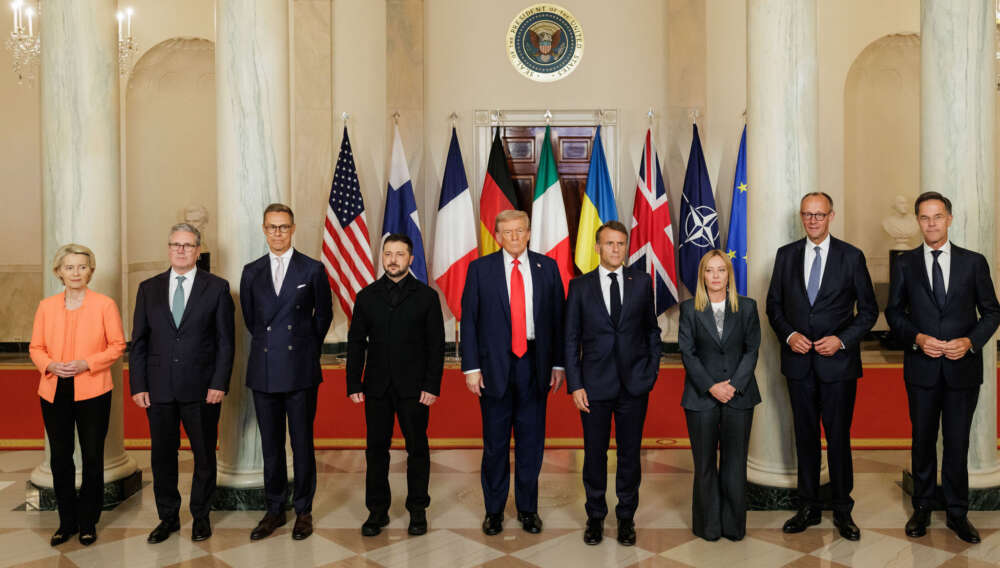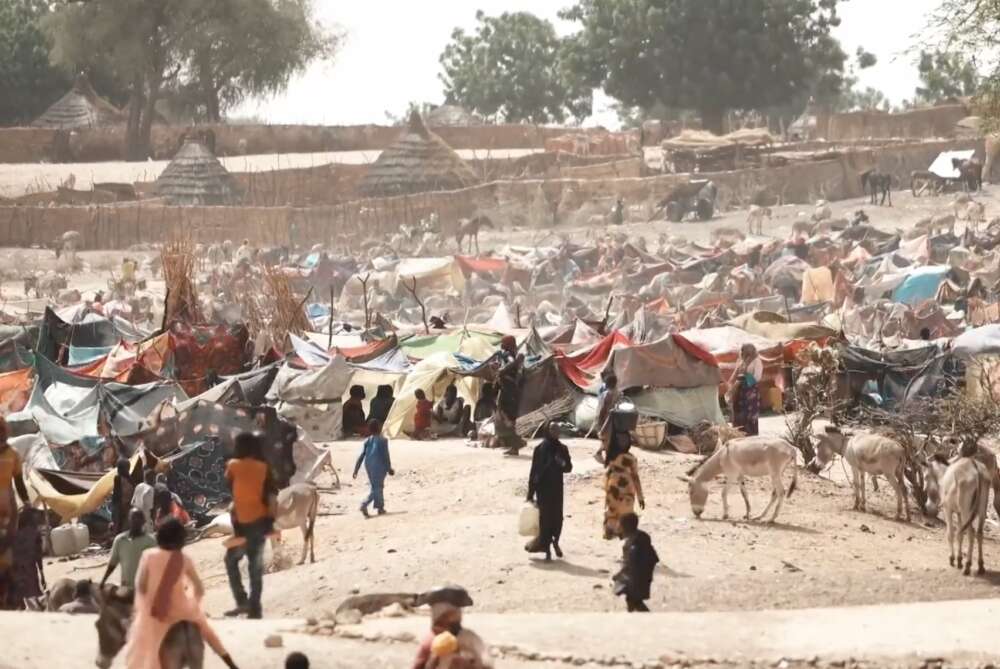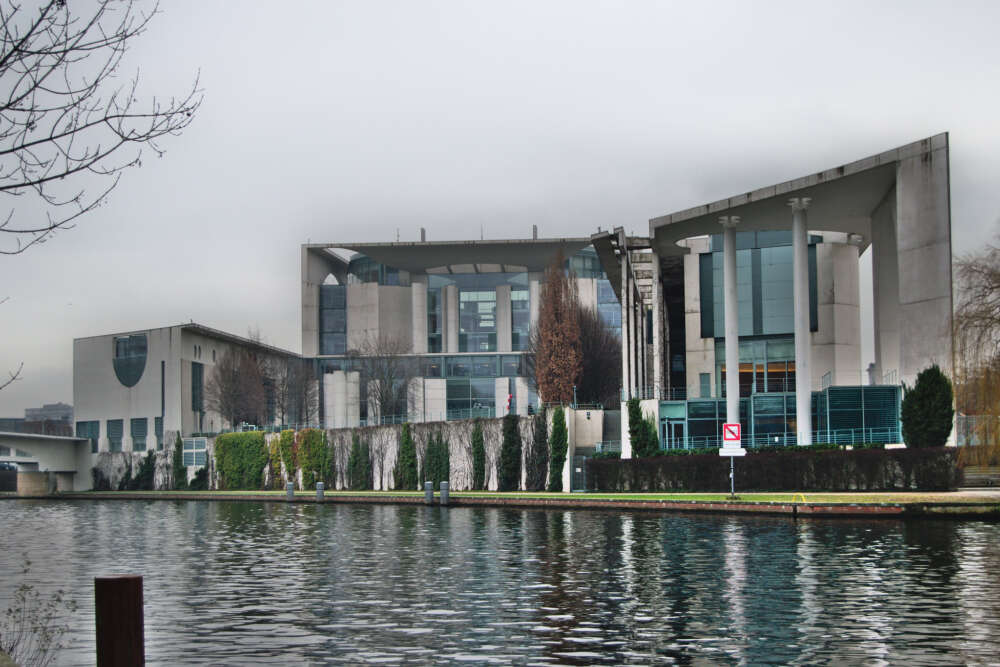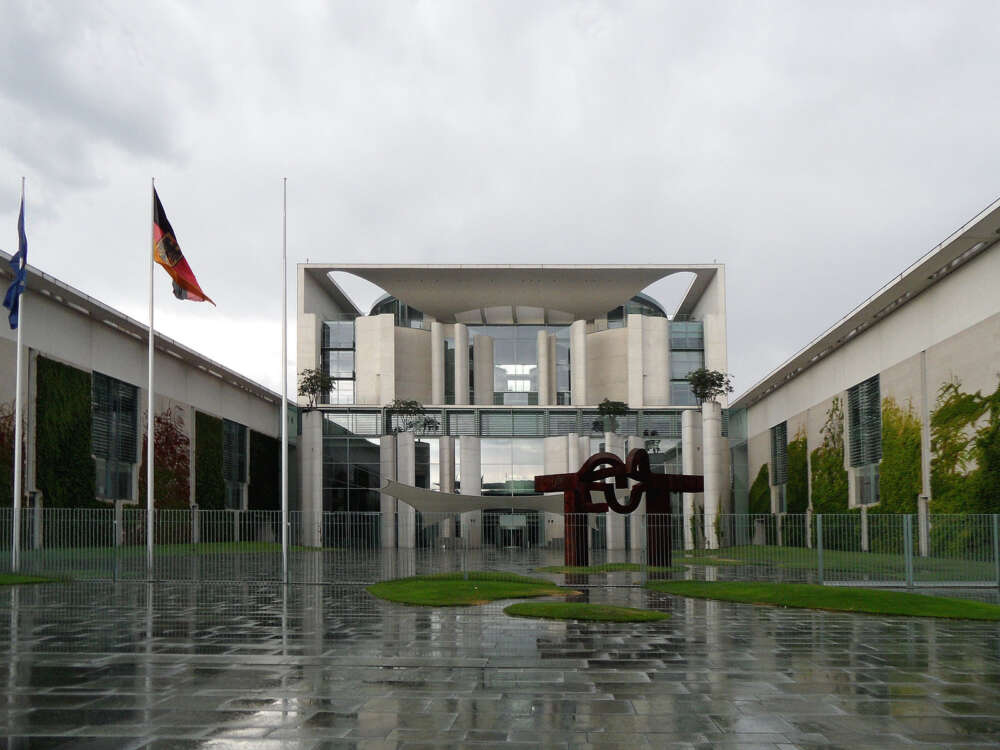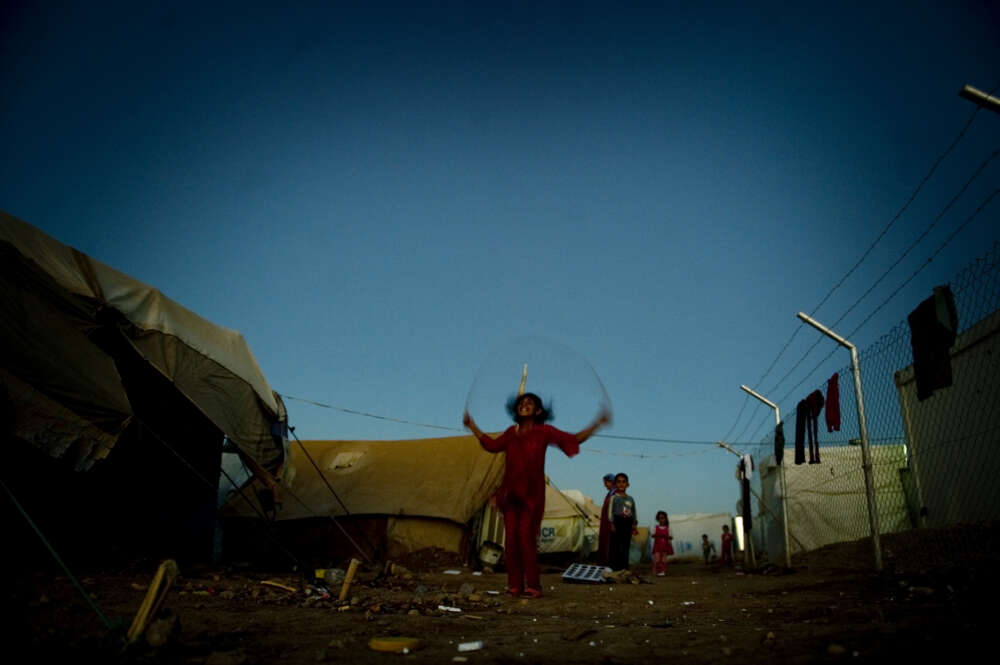Men with Guns: Political Economy Lessons for Disbanding or Integrating Hybrid Security Forces

Contemporary wars have created many kinds of local armed forces – not just those that fight, but those that provide security to some and insecurity to others, feeding on local, national, and international resources, and often seeking to leverage their war-time power into peace-time influence. Afghanistan and Iraq – the two countries at the center of our recently concluded collaborative research project on local, sub-state, and hybrid security forces – provide two examples of this dynamic in action; other examples include Syria and Libya. Post-war national governments and their well-meaning international supporters continue to see such forces as strictly temporary, to be either professionalized and integrated into regular security institutions or disbanded and released into civilian life. Only that is not what happens: time and again, the current practice of security-sector reform (SSR) or disarmament, demobilization, and reintegration (DDR) fails. A closer look at incentives, sources of political and economic power, and the context conditions of violent politics and war economies, based largely on three years of empirical work carried out by my colleagues, provides a starting point from which to distinguish policies that are doomed to fail from those that may carry the seeds of potential success.
The Myth of the Stop-Gap Force
Where state security forces failed to provide order and protection, and where they became threats to their own people, community leaders often set up self-defense groups, or existing armed groups appointed themselves as guardians of local communities. National governments and international actors have hedged their bets by providing legitimacy or material support to very different kinds of forces – from the Kurdish Peshmerga in Iraq to the Syrian Democratic Forces – or even setting up their own hybrid forces, such as the various iterations of the Afghan Local Police program. In all of these efforts, the premise on the part of most international and national government actors is that these are temporary stopgaps; they are necessary for a time to maintain control or defeat an imminent threat, such as ISIL’s conquest of Iraq in 2014, but they are no more than an emergency arrangement which should be folded back into the official system of security institutions as soon as possible.
However, this is not how things have worked out in practice. As Renad Mansour, Erica Gaston, Doug Ollivant, Nancy Ezzedine, Erwin van Veen and (in more conceptual terms) Damian Doyle and Tristan Dunning have shown most recently regarding Iraq, the establishment of political authority, economic control, and popular legitimacy among particular population groups in wartime does not simply fade away once the imminent collective threat recedes. Instead, the hashd al-sha’bi or Popular Mobilization Forces (PMF) have converted their military role of helping reconquer and hold ISIL-occupied territory into a major political role, both as powerbrokers in the shadows and in fielding their own candidates in the 2018 parliamentary elections. While the PMF are not a fully unified force, and while some parts continue to profit from Iranian support, they are not Iranian “proxies,” and their political clout in Iraqi politics is overwhelmingly rooted in their domestic power base. That clout has been sufficient so far to resist successive prime ministers’ attempts, with support from the US and other Western governments, to “reintegrate” the PMF into the chain of command. Instead, the PMF are well on their way to building a parallel system akin to the one their mentors from the Iranian Revolutionary Guard Corps (IRGC) have established over decades next door in Iran: security forces, internal justice, and business interests operating at least partly outside the control of the official executive, legislative, and judicial branches of the Iraqi state.
The PMF example follows a common pattern. In wartime, a wide range of forces with varying degrees of loyalty to their respective political leadership have established the means to survive and continue to operate long after their original purpose has been achieved. In the absence of effective, trusted formal governance, these means are acquired through a variety of patronage relationships and rentier revenues: obtaining state contracts to rebuild infrastructure, collecting tolls and taxes, “facilitating the transport of formal and informal trade” while lobbying for formal pay and pensions on a par with regular government forces, and fielding political candidates. In so doing, they leverage a level of genuine popular legitimacy as “saviors” or “heroes,” despite their support being limited in most cases to particular geographic, ethnic, or sectarian slices of the population in their territorial areas of operation.
While modern textbook approaches to SSR call for comprehensive analyses of any and all security forces regardless of formal status, in practice, many (particularly government-funded) SSR projects focus almost exclusively on formal institutions: laws, official budgets, and formal organizations such as oversight committees, ministries, and chains of command. This neglect of informal security actors and their relationships to the formal system means that these approaches, if left to their own instruments, are bound to fail. Not only that, they also risk wasting precious time, political capital, and resources chasing the symptoms rather than the causes.
A good example of this is the common issue of “ghost soldiers” – names listed on official payrolls for people who do not exist in the flesh, but for whom the state pays salaries or operating expenses. On the face of it, commanders pocketing the pay of non-existent soldiers looks like pure corruption, making it one of the first priorities to be addressed in any SSR program. There are clear-cut technical solutions: use biometric identification to clean up the payroll and make sure the names match real people, pay only for real flesh-and-blood soldiers, and make sure the money reaches the right pockets. However, while this massively reduces the number of non-existent people or absentees on the formal payroll in some cases, other forces have long ago figured out ways to put large numbers of real people on the payroll, e.g. family members of those actually serving in the force, often to compensate for insufficient salaries. As a Peshmerga general in Iraq told a TV crew, the people
need to live. If the salary is small or doesn’t exist monthly, then the Peshmerga will have to act like a reserve force. We might not be able to tell a Peshmerga to work 21 to 23 days in a month. We can’t impose that on them. Even being on duty requires necessities, food and expenses. The Peshmerga also needs to provide his family with food and services. Some of them have kids going to school. Some of them live in a rented house. That is why there has to be the chance for them to do other work to provide for themselves. Some people might think this means there are ghost Peshmerga, but no. This is the working system.
What looks like corruption at first sight – and therefore seems to demand a simple, technical solution – is often a much more complicated mix of economic, political, social, and criminal realities, which cannot be solved by banging the collective heads of highly paid international consultants against the wall of local resistance when it comes to managing the payroll.
For non-official forces, the SSR rulebook offers only two choices: disband or (re)integrate. With international donors such as the US paying huge shares or even the entirety of these forces’ salaries (e.g., the Peshmerga in Iraq or Afghanistan’s security forces), these donors appear to hold all the cards. In practice, however, external donors have not been able to exert much influence when it comes to either disbanding or meaningfully integrating informal or sub-state forces in a large number of conflict and post-conflict cases. Several examples from my colleagues’ work on local, hybrid, and sub-state security forces in Iraq and Afghanistan help explain this puzzle. An overview of these examples is provided below in order to help better understand the constraints under which policymakers need to design strategies to influence – as far as is possible – the type of complicated local security environment that is becoming increasingly widespread.
The PMF in Iraq: Here to Stay, but Not (Yet) Immune to Flattery
In Iraq, things look promising at first glance. The ISIL insurgency has lost control of the major population centers, the Iraqi state is secure, millions of people have returned to where they used to live, and reconstruction has begun. Iraq’s national security forces fought side by side with the Kurdish Peshmerga, the ad-hoc PMF, and international partners to achieve this success, so the logical next step would seem to be a peace-time rebalancing of fiscal and socio-economic priorities. Ideally, all the voluntary fighters who rose to the occasion to defend the country should be demobilized or integrated into the official security forces in ways that make the latter more inclusive. The bloated war-time security budget should be reduced and funds reallocated to reconstruction, economic infrastructure, and social needs. Indeed, in their interviews with rank-and-file combatants, Jacky Parry and Emily Burlinghaus find that employment is their main concern.
However, the war left the major groups of sub-state forces – the PMF as well as the Kurdish Peshmerga – more firmly entrenched than ever. The commanders of these forces directly control major economic assets and revenue streams outside the institutions of the Iraqi state, while others benefit more or less openly and directly from state coffers or receive significant foreign funding. Since the end of the major fighting, the larger PMF units have aggressively consolidated control, not just in the security sector (by merging smaller units into larger ones), but also economically (by taking over major state-run corporations and industrial facilities) and even politically (by forming political parties that leverage their popular legitimacy, at least among their affiliated ethnic or sectarian groups). In the case of the PMF, the image they managed to craft for themselves far outstrips their actual role on the battlefield and contribution to the victories against ISIL. At the same time, their image as “war heroes” give PMF groups a degree of insulation from nascent popular discontent with their abusive behavior towards civilians, their extra-judicial detentions and killings, and with their overreach into economic and political spheres in ways that blatantly copy the IRGC example.
In the case of Iraq, such an analysis – even when presented as briefly as in the preceding sketch – reveals the extent to which the PMF are a major structural aspect of the post-ISIL political reality in Iraq. Although accommodating their demands undermines Iraqi society’s need for a capable state, Baghdad is not in a position to make major decisions that will pit the state against approximately 150,000 PMF members (or their allies in Tehran), nor will it be in such a position for several years to come. In the absence of a major boost in civilian economic opportunities, demobilization is not in the cards, and neither is any kind of integration into official security institutions that would involve dissolving PMF commanders’ control over these fighters – no matter how often successive prime ministers might decree the opposite. Trying to achieve these elusive objectives in spite of the political realities on the ground would only serve to waste precious time and political capital for the sake of another round of formal window-dressing. New organizational charts would be drafted and US security assistance funds (and potentially those of other countries) would be spent to rearrange the formal façade of a set of institutions in which the real distribution of power would hardly change – the results would simply be more complexity and additional opportunities for graft.
While wholesale reform of the Iraqi security sector aimed at fully integrating security institutions under civilian democratic control is therefore unlikely to be an option for several more years, such an analysis also reveals opportunities for influence to achieve smaller gains. The top PMF commanders, for example, have achieved national political profiles that are sharply at odds with the fact that some of them are listed by the US or even the UN and the EU as terrorists (owing to violent acts against coalition forces during the post-2003 Iraqi insurgency and/or their affiliation with the IRGC since US President Trump formally designated it a “foreign terrorist organization” in April 2019) and are therefore subject to travel bans. Regardless of the limited enforcement of these sanctions across their targets’ actual area of operations (the Middle East), the option of removing that stigma and thus opening up pathways to official recognition or even political roles in government could be a significant incentive for compromises that would also adapt the role of the PMF in support of the reestablishment of an integrated monopoly on the legitimate use of force in Iraq. There is potential leverage in the groundswell of public discontent among parts of the PMF’s core Shi’a Arab constituency, as well as in the growing pushback from influential clerics. Similarly, a more detailed analysis of PMF actors and interests, particularly as these have recently spread across the Iraqi economy, could reveal other points of leverage through which to achieve incremental progress in regulating PMF behavior, rather than directly threatening the PMF’s survival as a Shi’a‑dominated, Iranian-affiliated, political-paramilitary center of power. Finally, using systematic foresight methods to develop alternative scenarios for the mid- and long-term development of the Iraqi politico-security landscape could help identify new leverage points, which may only emerge in subsequent election cycles, for example, or as a result of another external shock to the Gulf regional security system.
While these are far from reliable assumptions in terms of planning, greater awareness of possible future trajectories in such a volatile security environment nevertheless helps in making less ad-hoc, more sustainable policy decisions.
The ALP in Afghanistan: Do the Clients Control the Patrons?
The experience in Afghanistan should be quite different, given that Western governments – particularly the United States – not only overwhelmingly pay for, but also played a large role in establishing the Afghan government’s formal and hybrid security forces and often initiate SSR. Yet as Western funders have repeatedly experienced, their leverage counts for surprisingly little. This has been the case with regular national forces, such as the Afghan National Police (which has fulfilled both military and civilian duties, and about whom it is still difficult to say whether they are “cops or robbers”) as well as with local forces, such as the Afghan Local Police (ALP) and its predecessors.
On paper, the ALP is entirely dependent on one funder – the US military, which also initiated the force – so the process of shaping and reforming it should be reasonably straightforward. Yet not only are there “bad” units that officially carry the ALP label (as per the Afghan government) yet were never vetted, trained, advised, or even significantly funded by the US, because they tap into comfortable alternative revenue streams; there are also “bad” ALP units (whether originally initiated by the US or not) which commit crimes, abuse local people, and enhance factional influence, all while still receiving US funding. Even implementing “technical” reforms, such as eliminating ghost personnel or ensuring that ALP are not being drawn into bodyguard duty for local commanders and politicians, has been tricky. The difficulty of leveraging funding is apparent in every foreign-funded sector of government in Afghanistan, where the “client” often seems to be controlling the “patron.” There are several reasons for this.
Firstly, neither the goals nor the actions of “the patrons” – even the most important patron, the US government – have been clear or unitary, and conflicts between their goals have been allowed to continue unacknowledged and unresolved for almost two decades. The US wanted to fight “terrorists” and also encourage the development of a democratic, unitary state that respects human rights – aims that have continually clashed. For example, in the move to disarm, demobilize and reintegrate Afghan forces that had been fighting the Taleban in order to create a monopoly on state force, international forces protected their favored militias from DDR if they considered them an effective force for fighting surviving Taleban groups.
A major driver of such contradictory behavior has been repeated conflict between patrons’ short- and long-term goals: the need to get “boots on the ground,” to act quickly against immediate operational threats, has been a repeated reason for creating forces without ensuring that they are effective, capable, and independent of factional, ethnic, or tribal interests. In the 2001 intervention, the US armed war criminals to fight the Taleban and later created a NATO/US-funded, temporary counter-Taliban force in southern Afghanistan. In 2006, the 11,000-strong Afghan National Auxiliary Police ended up legalizing provincial governors’ illegal militias. Since 2010, US and Afghan commanders have expanded the Afghan Local Police program in ways that departed from its blueprint as a community-centered force to such an extent as to turn its potential advantages into the opposite. Most recently, in 2018, the US command and the Afghan Ministry of Defense began to roll out the new Afghan National Territorial Force even before its pilot phase could be evaluated.
Secondly, Afghanistan was not a tabula rasa in 2001, although many donors appeared to assume it was. It was a country in which different people naturally had their own various perspectives and interests. Particularly pertinent to the case of building up security forces was the fact that Afghanistan’s twenty-year history of civil war had produced military-political factions, usually mobilized along ethnic lines and largely controlled by a “commander class” – men who thrived in a war economy that incentivized short-term over long-term thinking and control of the means of violence over trust in social relationships or legal norms. This war economy provided enormous opportunities for graft and corruption, which contrasted sharply with the dismal outlook for civilian, legal economic behavior.
The Afghan “clients” whose interests and perspectives were shaped by this context rarely shared the goals and views of their US “patrons,” most of whom saw the country and the conflict through the simplistic and often entirely inaccurate lens of the War on Terror. At the macro level, there may be genuine conflicts over policy goals. For example, when former President Karzai was debating whether to allow the ALP to be created in 2011 and 2012, there was a clash between his aspiration for a consolidated national security sector under his control and the operational need felt by Western military leaders to raise local forces which they believed would be more effective than regular forces in fighting the Taleban. More commonly, and more difficult to analyze, Afghan actors at all levels are concerned with ensuring jobs and contracts, serving their patronage networks, and gaining access to resources – all goals which have typically run counter to the foreign military goal of defeating the Taleban or Al Qaeda.
Funders who want Afghan security forces to combat the insurgency more effectively or reduce corruption would need an intimate knowledge of Afghan politics and political economy in order to leverage funding effectively; this becomes an impossible task when foreign officers and officials rarely stay in the country for more than a year or two. The difficulties of navigating Afghan politics and political economy when setting up or trying to reform the security sector is one reason why foreign actors typically short-circuit the search for effective strategies by adopting technical solutions to political problems.
Underlying all of this is the very peculiar type of rentier state created by the 2001 intervention. Foreign aid (down to 19% of Afghan GDP by 2017) and military assistance (with the US alone contributing over 20% of Afghan GDP in 2017) make up almost half of Afghanistan’s GDP. Foreign money pays for a much higher proportion of the government budget and almost all security funding. Withholding funding from parts of the state or its armed forces is always possible, but the entire point of supporting an Afghan security apparatus that the country itself could never afford is to serve the overriding interests of the US government and its Western allies in preventing the collapse of the Afghan state. The risk of causing failure and repeating historical mistakes – the end of Soviet funding in 1991 was a key trigger for the collapse of the communist government in Kabul, which unleashed the civil war of the 1990s – is something which, up till now, has made donors resist this option. They have also been reluctant to railroad Afghan leaders into taking certain actions because these leaders claim the right to sovereignty, to set policy and make appointments “free of foreign interference,” even though the Afghan government is not financially sovereign.
International policymakers are more aware of these dynamics than they were in 2003, when Barbara Stapleton’s analysis of multiple rounds of attempted disarmament and demobilization of armed groups in Afghanistan came to the sobering conclusion that Kabul’s international patrons had been “virtually in a state of denial over the key question of who actually wields authority on the ground.” Still, in preparing for the next round of SSR or DDR in the context of a potential peace process, these realities and the cautionary tales of many earlier failures should give us pause. On the one hand, the ongoing revision of US national interests with regard to Afghanistan and a better understanding of the Afghan political and security landscape may help to reduce some of the most glaring conflicts of interest on the part of the US and its allies, and also recreate some leverage over Afghan actors. On the other hand, neither the Afghan government in Kabul nor those who wield the authority of the gun on the ground will suddenly see their interests aligned with those of Washington, Brussels, London, or Berlin. To stand a chance of achieving their goals, new programs will need to be modest in their ambitions and well targeted when it comes to reaching the right partners and holding them accountable for their behavior.
Conclusions
Afghanistan and Iraq are far from the only countries in which a state monopoly on the use of force is merely myth and aspiration. Not “fragile states” or “areas of limited statehood” are the exception, but OECD countries are – even though our language continues to imply the opposite, as long as we still struggle to find an intuitive label for the geographically and historically normal condition in which multiple types of forces provide security to some and insecurity to others, coexist uneasily and engage in violent politics. Their interests and influence do not respect the neat analytical boundaries of the “security sector”: in wartime and the turbulent windows of opportunity that follow, they are apt to reshape and perpetuate the war economy in ways that benefit themselves.
While the public debate in many Western countries tends to take the façade of consolidated statehood at face value and consequently ignore local and informal actors as formally subordinated to “the state,” some Western military strategists tend to overcompensate in the opposite direction. With dangerous overconfidence, they find such forces to be handy resources to be used and controlled, at a much lower political risk than using one’s own troops. Neither perspective sufficiently appreciates either the real power wielded by local and hybrid forces or their needs and vulnerabilities. If well-intentioned and necessary attempts at supporting war-to-peace transitions using DDR and SSR programs are to succeed more often than they have in the past, then policymakers and strategists need to take these actors and their power, interests, and political, economic, and social vulnerabilities into account.
Such a political economy lens on hybrid security sectors should lead to policies that are more cautious in setting up or supporting armed groups in situations in which the intention is not to create or strengthen rival power centers to the central government. Even where, in the light of serious immediate threats, raising, scaling up, or legitimizing a potent local force may appear to be the lesser of two evils in the short-term, a longer-term view may shift the balance of the analysis; such a longer-term perspective may support the case for learning the lessons from past blunders and carefully designing and targeting such risky interventions in order to maximize control and accountability in the service of strategic, rather than tactical, effectiveness. Once confronted with entrenched security actors under less-than-total state control, as in Iraq today, there are opportunities to identify leverage points, as the shift from war to (even precarious) stability can transform popular standards of legitimacy, and the takeover of civilian economic assets and civilian roles in society or politics by erstwhile heroes may overstretch their popular legitimacy. These can be entry points for promoting transparency and public oversight, including that of international donors, while also accepting the social facts on the ground created by force of arms. The alternative is wishful thinking (as in attempts to make the independent power of Iraq’s PMF leaders disappear by decree) that is more likely to strengthen malign actors and further weaken the state.
…
Author’s note: In addition to the educational opportunity to briefly serve in Afghanistan on behalf of the German government in 2011, I am grateful for the insights, much-needed challenges to my preconceptions, and helpful drafting suggestions offered by Kate Clark, Erica Gaston, and Osama Gharizi in a series of discussions in the context of our joint GPPi-AAN-IRIS-USIP research project on local, hybrid, and substate forces in Iraq, Afghanistan, and Syria, funded by the Netherlands Research Organization (NWO). For additional helpful comments and suggestions, I am very grateful to Mohammed Bakr, Sarah Bressan, Sarah Brockmeier, Florian Broschk, Julian Lehmann, and those who participated in the workshop held on July 3, 2019 at GPPi in Berlin. If you found the piece clear and easy to read, Alissa Jones Nelson’s excellent copy-editing deserves the praise.
